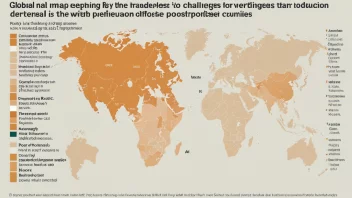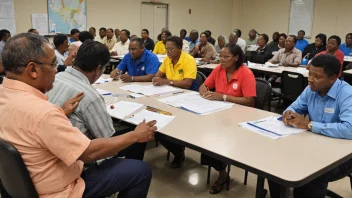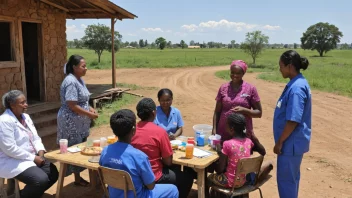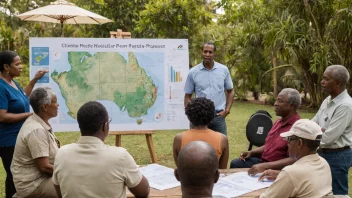Poverty alleviation programs are vital for improving the quality of life for millions around the globe. However, measuring the success of these initiatives can be complex and multifaceted. To explore this critical topic, we sat down with Dr. Elena Carter, a fictional expert in socioeconomic development and poverty studies, who has spent over two decades analyzing the effectiveness of various poverty alleviation programs worldwide.
Understanding Poverty Alleviation
Interviewer: Dr. Carter, thank you for joining us today. To start, can you explain what constitutes a successful poverty alleviation program?
Dr. Carter: Certainly! A successful poverty alleviation program is one that not only lifts individuals above the poverty line but also empowers them to maintain their improved status over time. This means looking beyond mere financial assistance. A holistic approach should include education, health services, and community engagement.
Key Metrics for Evaluation
Interviewer: What metrics should organizations focus on when evaluating their programs?
Dr. Carter: There are several crucial metrics to consider:
- Income Levels: Tracking changes in household income is fundamental.
- Employment Rates: An increase in stable employment opportunities is a good sign.
- Access to Education: Improved access to education reflects long-term investment in human capital.
- Health Outcomes: Monitoring health indicators can show the program's impact on well-being.
- Community Participation: Increased engagement in community initiatives often signals empowerment.
Qualitative Versus Quantitative Data
Interviewer: How important is qualitative data in measuring success?
Dr. Carter: Qualitative data is incredibly valuable. While quantitative metrics can provide hard numbers, qualitative insights—like personal stories and community feedback—can reveal the actual impact on lives. For example, a family might still struggle financially but feel more empowered due to skills training and community support.
The Role of Sustainability
Interviewer: What role does sustainability play in measuring the success of these programs?
Dr. Carter: Sustainability is crucial. Programs should aim for long-term solutions rather than temporary fixes. If a program can demonstrate that individuals remain above the poverty line and continue to thrive without ongoing external assistance, that’s a significant indicator of success.
Challenges in Measurement
Interviewer: What are some common challenges organizations face when trying to measure success?
Dr. Carter: There are several challenges:
- Data Collection: Gathering accurate data can be difficult, especially in remote areas.
- Time Frame: Poverty alleviation is a long-term goal, making it hard to assess short-term outcomes.
- Attribution: Determining what caused a change—whether it was the program or other external factors—can be complicated.
Future Directions
Interviewer: What do you see as the future of poverty alleviation measurement?
Dr. Carter: The future lies in integrating technology for better data collection and analysis. Mobile apps, for instance, can help track real-time impacts and gather feedback. Additionally, collaborative frameworks that involve local communities in the evaluation process can lead to more relevant and actionable insights.
Advice for Organizations
Interviewer: Finally, what advice would you give to organizations looking to improve their measurement strategies?
Dr. Carter: I would advise them to focus on a balanced approach that combines both quantitative and qualitative data, engage with local communities for feedback, and prioritize long-term sustainability. Building a culture of learning and adaptation within organizations will also enhance their effectiveness in poverty alleviation.
In conclusion, measuring the success of poverty alleviation programs requires a comprehensive approach that goes beyond financial indicators. By integrating qualitative insights, focusing on sustainability, and leveraging technology, organizations can better understand their impact and continue to improve the lives of those they serve.






